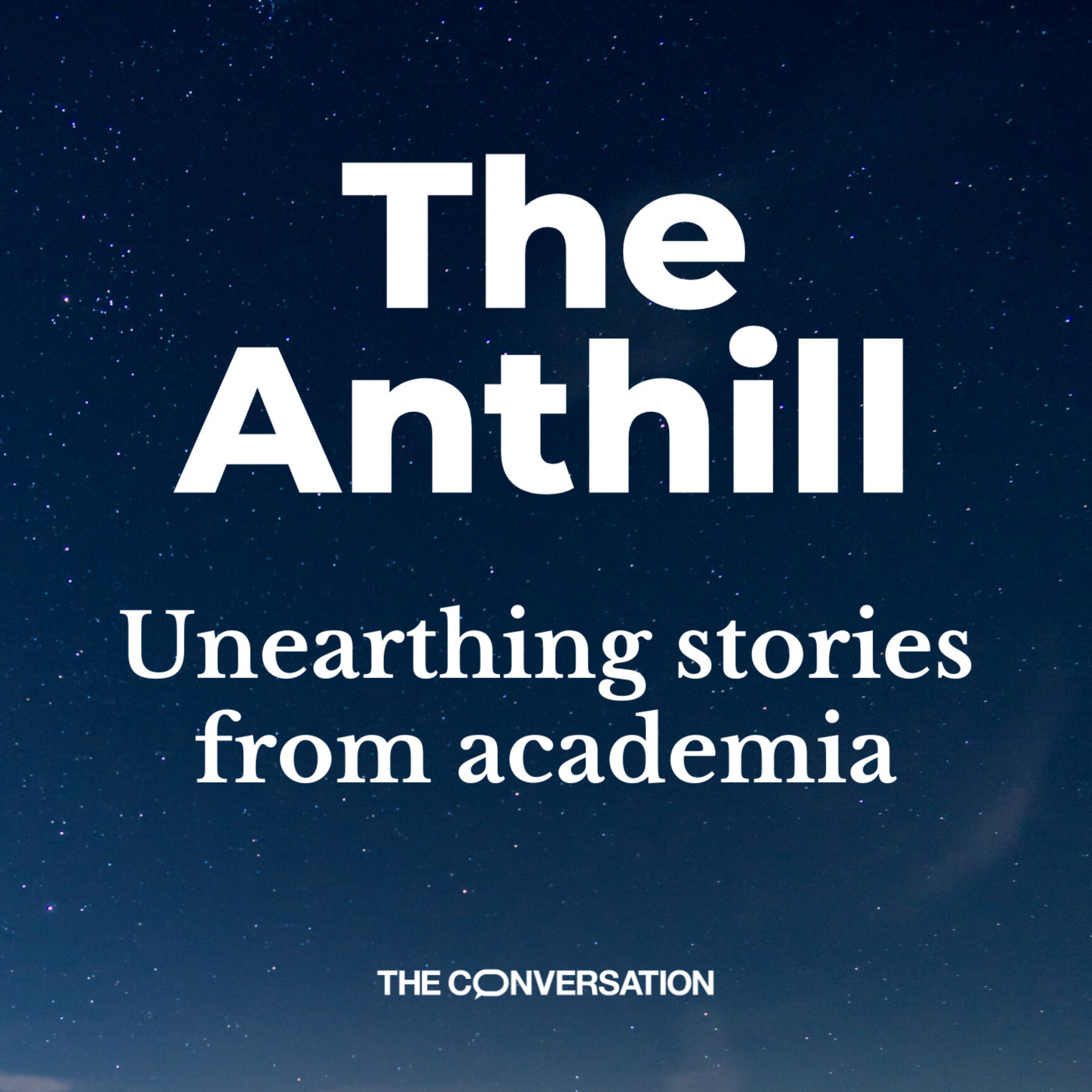Expert guide to conspiracy theories part 6 – coronavirus
Description
A number of conspiracy theories have sprung up in relation to the coronavirus pandemic. The false idea that the virus is somehow linked to the rollout of 5G technology has led to a number of attacks on broadband infrastructure and engineers. We explore this and many others in the sixth and final part of our Expert guide to conspiracy theories.
Media expert Marc Tuters talks us through the main coronavirus conspiracy theories that are doing the rounds and how they differ on various social media platforms. He tells us how they started to circulate back in January on the fringe message board website 4chan. We also discuss what social media platforms are doing to limit the spread of this misinformation – and how effective this can be.
Psychologist Karen Douglas is also on hand to explain why the different coronavirus conspiracy theories gained so much traction, so quickly. She outlines the three main psychological reasons why people find solace in these alternative explanations for what’s going on. And what research tells us about how dangerous these conspiracy theories can be for public health and society.
The Anthill podcast is produced by Annabel Bligh and Gemma Ware for The Conversation. Sound design is by Eloise Stevens, with original music from Neeta Sarl and audio from Epidemic Sound. Thanks to Clare Birchall, Michael Butter and Peter Knight for support in making this podcast and the COST action COMPACT for helping to fund it. Also thanks to City, University of London, for letting us use their studios.
For information regarding your data privacy, visit Acast.com/privacy
More Episodes
The quest for a theory of everything – explaining all the forces and particles in the universe – is arguably the holy grail of physics. While each of our main theories of physics works extraordinarily well, they also clash with each other. But do we really need a theory of everything? And are we...
Published 04/12/23
Published 04/12/23
What’s the difference between a living collection of matter, such as a tortoise, and an inanimate lump of it, such as a rock? They are, after all, both just made up of non-living atoms. The truth is, we don’t really know yet. Life seems to just somehow emerge from non-living parts.
Featuring Jim...
Published 04/05/23


